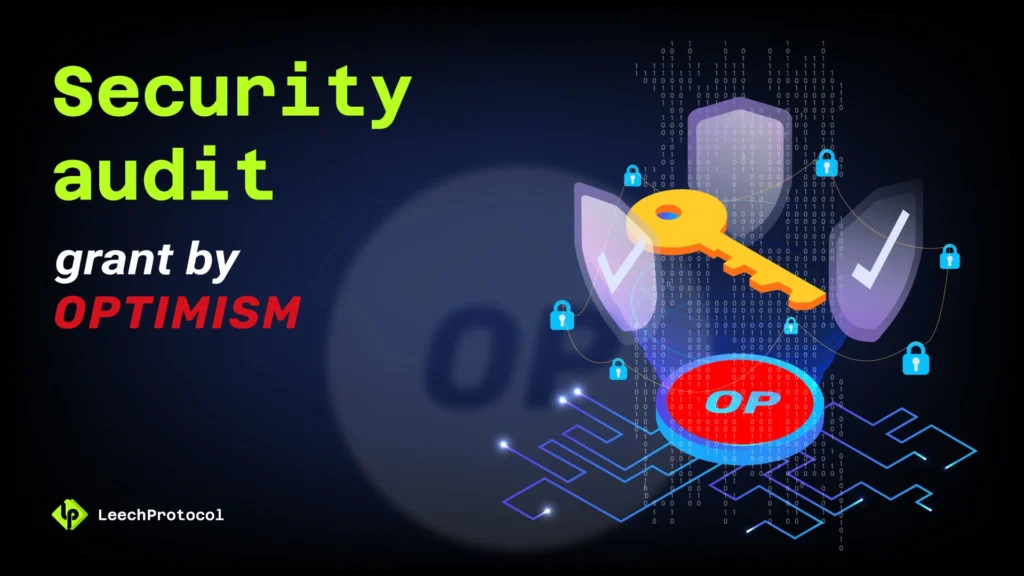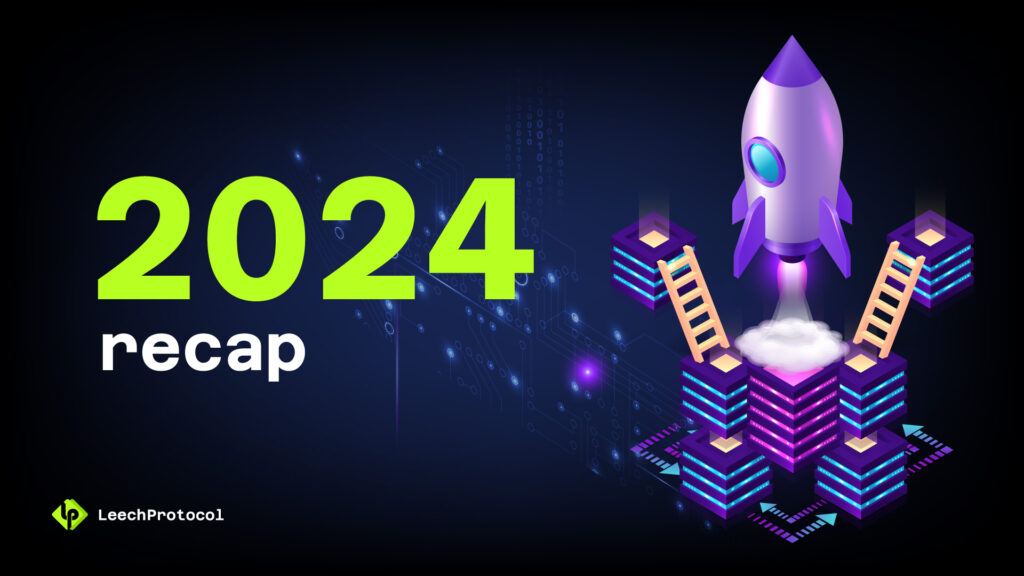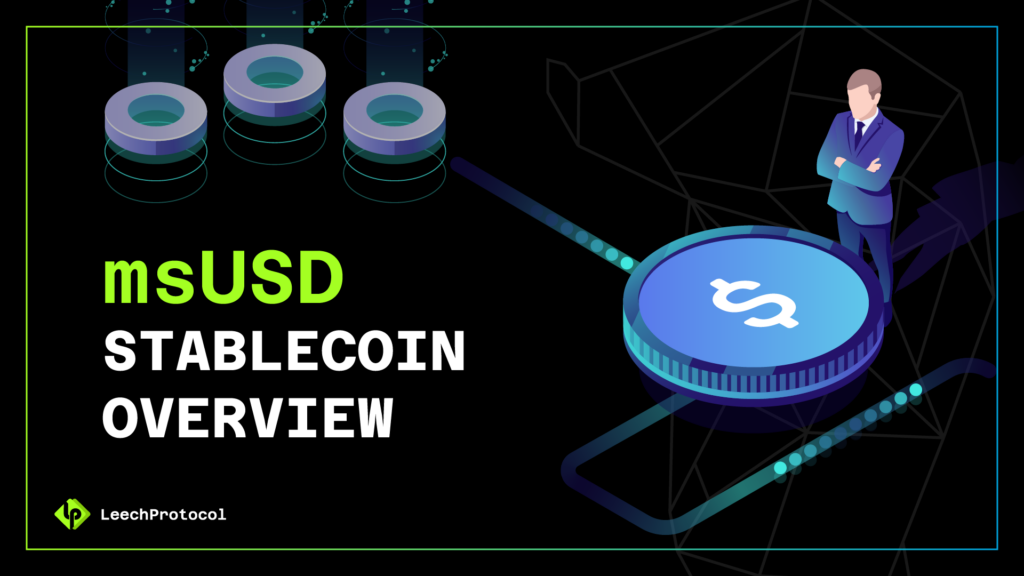Security audit. Grant by Optimism
Security audit. Grant by Optimism Leech Protocol Successfully Completes Another Security Audit – Thanks to Optimism Security Grant! We’re happy to announce that Leech Protocol has successfully completed another security audit by Ackee Blockchain Security! 🎉 The audit covered our cross-chain yield farming strategies, ensuring robust security, proper integration, and smart contract reliability. With rigorous testing and quick action on feedback, we continue to uphold our commitment to security and innovation. A huge thank you to Optimism for providing security audit grant, Ackee and our community for the ongoing support! 💪 More details on audit: https://ackee.xyz/blog/leech-protocol-audit-summary/ Optimism grant for LeechProtocol: https://gov.optimism.io/t/cycle-29-final-roundnup/9211 Twitter Facebook Telegram



